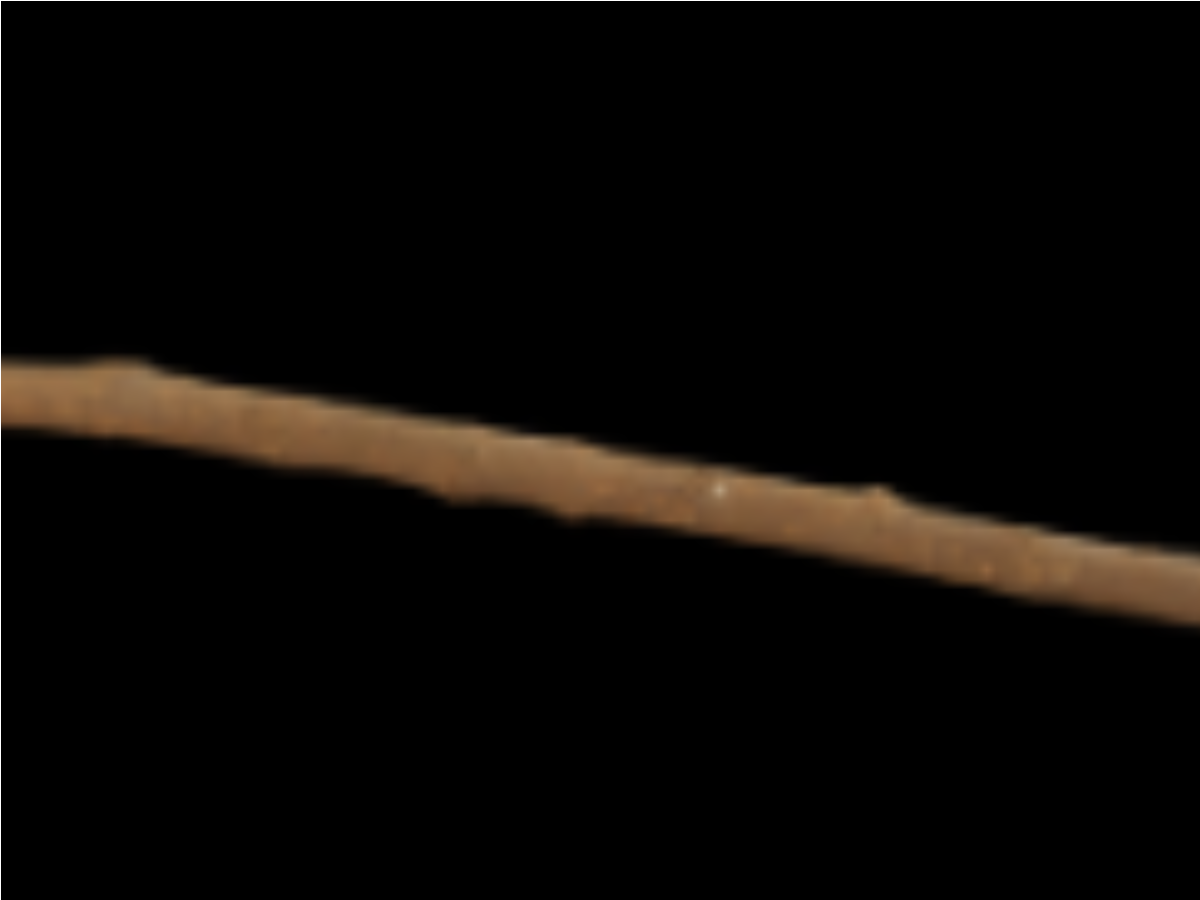State
Tribe Name
Art Type
short description
In these dense forests and plateaus of Jharkhand, Birhor-namely, semi-nomadic indigenous community-and survives through the forest-based subsistent and traditional agricultural practices which have been there for centuries. Among the most significant traditional implements used by the Birhors in their agrarian lifestyle, one is called a "Hear."
Thumbnail

Filter Postion
Left
Filter Background
Off
Theme
Filter Header Image

content
Image

description
In these dense forests and plateaus of Jharkhand, Birhor-namely, semi-nomadic indigenous community-and survives through the forest-based subsistent and traditional agricultural practices which have been there for centuries. Among the most significant traditional implements used by the Birhors in their agrarian lifestyle, one is called a "Hear."
The Hear is a simple digging tool made using a straight branch of a tree, shaped and sharpened on one side to have a pointed tip. This tool is used by the Birhor community with the basic intent of digging and turning up soft soil mostly before planting seeds in shifting cultivation practices. Being lightweight, and easily and immediately available in forest locales, such tools might be ideal for quick repeated use on small agricultural plots or clearing of forest areas.
Unlike modern metal tools, the Hear goes back to traditional ecological knowledge and thereby expresses intimate and close ties between Birhor and the natural environment. It does not require industrial processes in its construction, but rather inherited knowledge and handcraft that has gone down from generation to generation. Such tools speak of the sustainable way of living in the whole lifestyle of this tribe, along with the fact that they are adaptable to their environment.
As preserved in ethnographic collections like those of the Indian Museum, Kolkata, the Hear also tells the history of agricultural practices. Besides, it might some good cultural resilience as well as indigenous ingenuity.
The Hear is a simple digging tool made using a straight branch of a tree, shaped and sharpened on one side to have a pointed tip. This tool is used by the Birhor community with the basic intent of digging and turning up soft soil mostly before planting seeds in shifting cultivation practices. Being lightweight, and easily and immediately available in forest locales, such tools might be ideal for quick repeated use on small agricultural plots or clearing of forest areas.
Unlike modern metal tools, the Hear goes back to traditional ecological knowledge and thereby expresses intimate and close ties between Birhor and the natural environment. It does not require industrial processes in its construction, but rather inherited knowledge and handcraft that has gone down from generation to generation. Such tools speak of the sustainable way of living in the whole lifestyle of this tribe, along with the fact that they are adaptable to their environment.
As preserved in ethnographic collections like those of the Indian Museum, Kolkata, the Hear also tells the history of agricultural practices. Besides, it might some good cultural resilience as well as indigenous ingenuity.
Image Mode
landscape
promoted
On
Verified
Off
